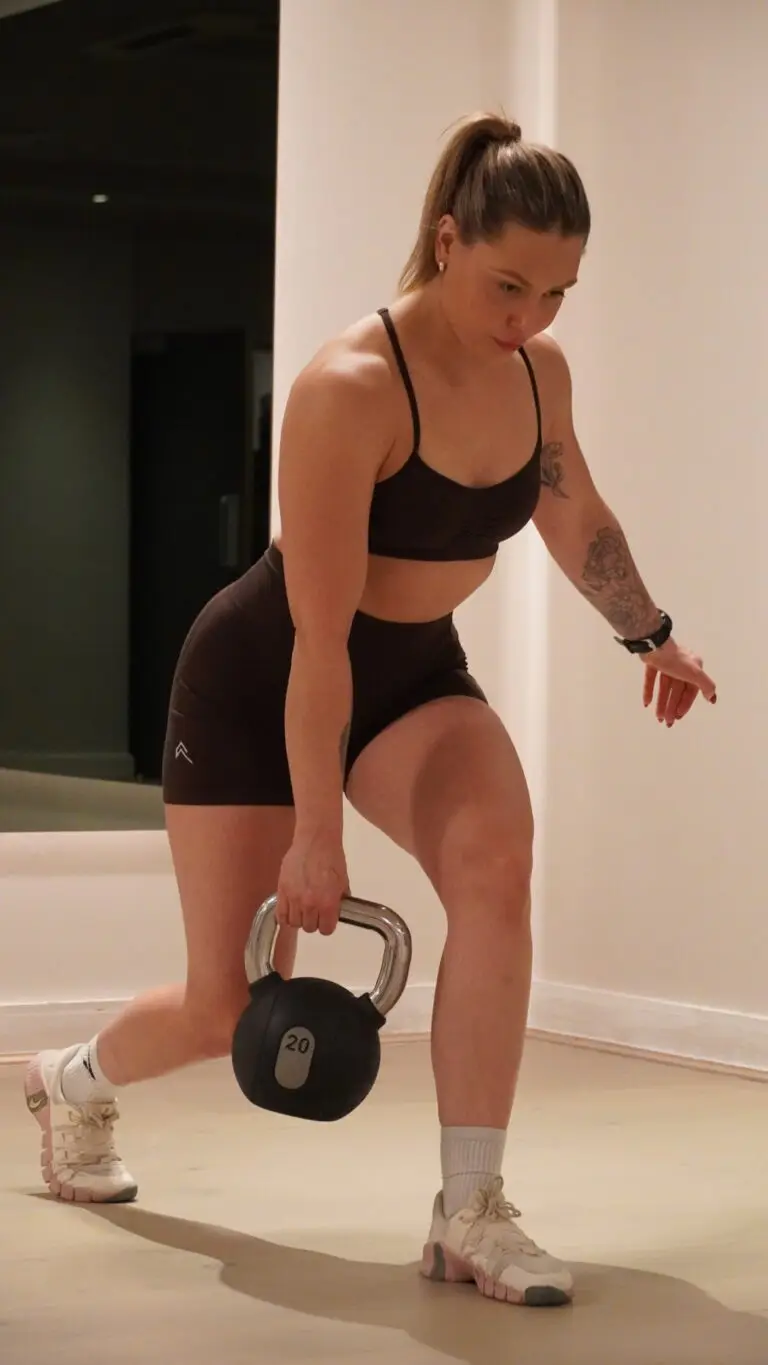Losing 5kg in 10 weeks is a realistic goal if you follow a structured plan. It’s not about starving yourself or spending hours in the gym; it’s about consistency, smart training, and knowing what you eat. I have trained hundreds of people to get in shape for their weddings, work events, holidays, or fitness competitions. One of the most requested questions is how I can improve my body composition, between my fat and muscle ratio.
To achieve this, you need to follow a strict training plan along with a healthy eating regimen, not a diet, but a healthy food plan. I don’t believe in diets; rather, I believe in teaching individuals how to eat healthily while also understanding calories and how to measure protein, fats, and carbs.
Training: If you wish to achieve this in the next 10 weeks, your training must be conducted with great intensity. Merely doing one set and scrolling on your phone will not work; using a timer to hold yourself accountable during your working sets and rest periods will be the way forward.
The Training Plan
To lose body fat while maintaining muscle, you need both strength training and cardio. You’ll train with weights three days a week and add interval cardio twice a week.
Strength Training – 3 Days a Week
Each session should focus on compound movements, exercises that use multiple muscle groups. Think squats, deadlifts, presses, rows and many more exercises.
Focus on using progressive overload and download the 12reps app to see exercises demoed by certified personal trainers and use the app to track your session and also log your weight, reps and sets.
Example split:
Day 1: Lower body (squats, lunges, Romanian deadlifts), choose 4 -5 exercises to do.
Barbell Squats 5 sets of 6-8 reps
Barbell RDL 5 sets of 8-10 reps
Leg press 5 sets of 8-10 reps
Dumbbell walking lunges 4 sets – 20-16 reps
Leg extension 5 sets of 12 reps
Leg curl 5 sets of 12 reps
Sled push 5 sets of 30 metres
Box jumps 5 sets of 10 reps
Kettlebell swings 5 sets of 12 reps
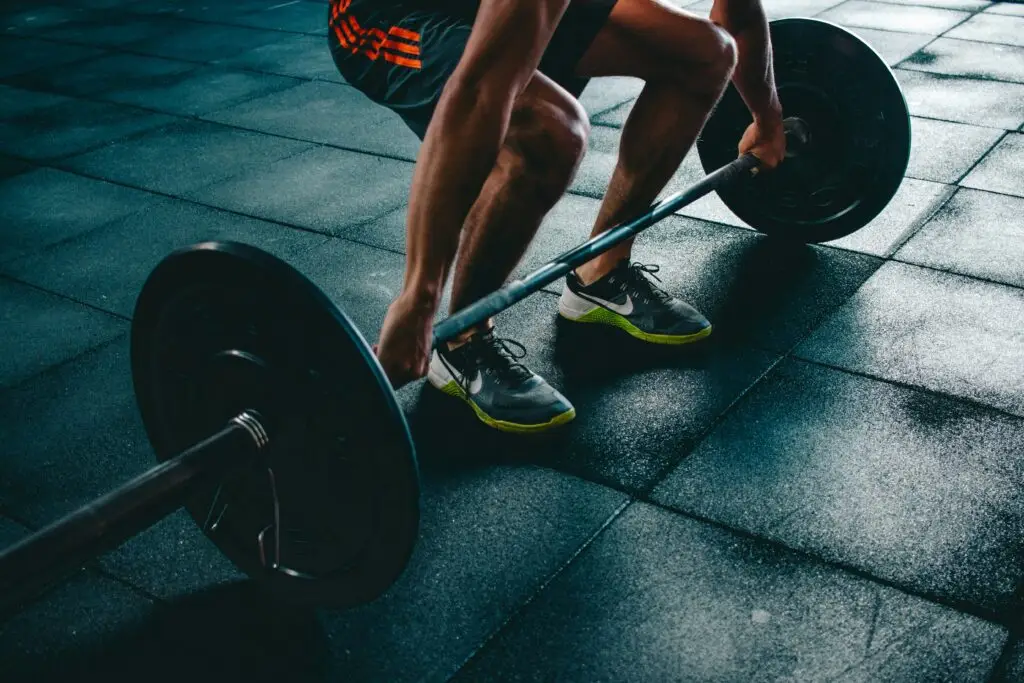
Day 2: Upper body push (bench press, overhead press, dips)
Dumbbell chest press 4 sets of 12 reps
Dumbbell incline chest press 4 sets of 12 reps
Barbell bench press 4 sets of 6-8 reps
Overhead barbell shoulder press 4 sets of 6-8 reps
Dips or assisted dips 4 sets of 8 reps
Machine chest press 4 sets of 8 reps
Machine shoulder press 4 sets of 8 reps
Kettlebell shoulder press
Kettlebell thruster 4 sets of 8 reps
Dumbbell thruster 4 sets of 8 reps
Day 3: Upper body pull (rows, pull-ups, curls)
Dumbbell single arm row 4 sets of 12 reps
Dumbbell bent over row 4 sets of 12 reps
Dumbbell incline bench row 4 sets of 12 reps
Machine seated row 4 sets of 12 reps
Lat pull down 4 sets of 12 reps
Cable single arm row 4 sets of 12 reps
Each session should last 45–60 minutes. Aim for 4-5 sets per exercise, with 8–12 reps. These sets and reps are scientifically proven to build muscle and strength, which helps you burn more calories at rest.

Cardio – 2 Days a Week
Use the treadmill or assault bike for interval training.
Example of what a cardio session should be:
- 5-minute warm-up
- 30 seconds sprint, 60 seconds walk/ slow cycle
- Repeat for 8–12 rounds
- Cool down for 5 minutes
Another session
- 5-minute warm-up
- 30 seconds on an Airbike or lifestyle bike
- 30 bodyweight squats
- 60 seconds of slow cycling
- Repeat for 8–12 rounds. Cool down for 5 minutes
This takes around 30 minutes and burns a lot of calories in a short time. Include some stretches in your training, this will help you stay mobile and also help to increase your range of motion
The Nutrition Plan
Training without nutrition is like filling a bucket with a hole. You need to know your numbers, calories, protein, carbs, and fats. Training is 100% a part of it, and nutrition is another 100% of the equation. You must ensure your nutrition is in place.
Step 1: Calculate Your Calories
Use this simple method:
- Multiply your bodyweight (in kg) by 22
- Multiply that result by 1.5 if you’re lightly active already (only)
- That gives your daily calorie target for fat loss
Example:
If you weigh 80kg:
80 × 22 = 1,760
1,760 × 1.5 = 2,640 calories for maintenance
Subtract 400–500 for fat loss = 2,140–2,200 calories/day
Step 2: Protein Intake
You require 2g of protein for every kg of bodyweight to maintain muscle mass.
For an individual weighing 80kg:
80 × 2 = 160g of protein per day
foods high in lean protein, chicken breast or skinless thighs, kidney beans, lean beef, turkey breast, chickpeas, tuna, mackerel, salmon, tofu and milk
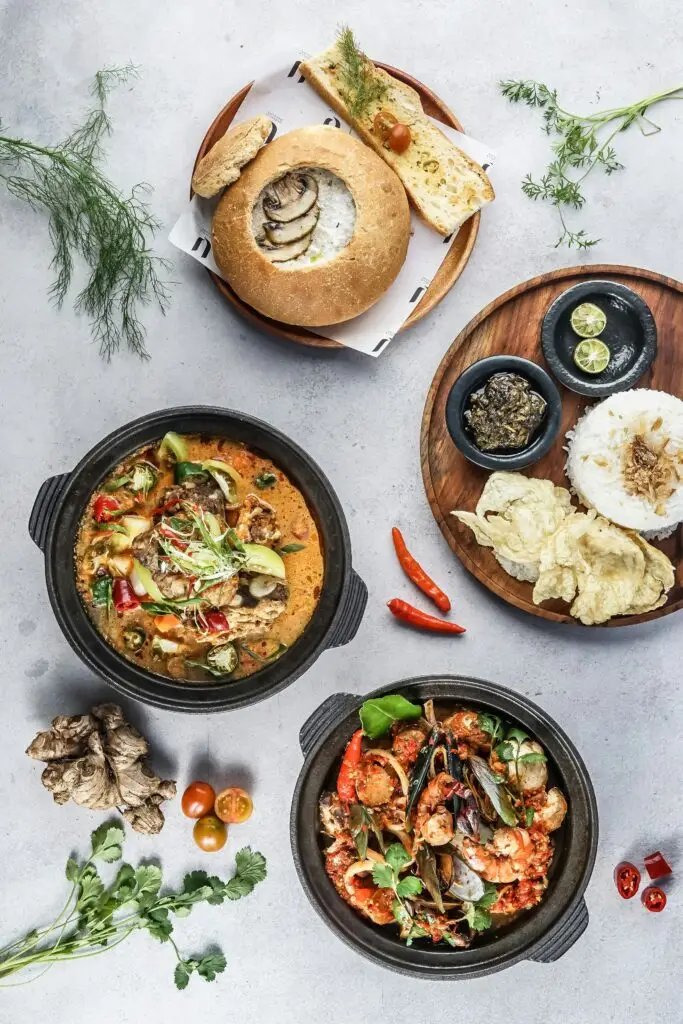
Step 3: Fat Intake
Fat should be around 0.8–1g per kg of bodyweight.
For 80kg:
80 × 1 = 80g of fat per day
Most foods we eat contain fats, but it’s about getting the right fats in your diet. Only get your fats from these healthy choices: olive oil, nuts, seeds, avocado, and oily fish.
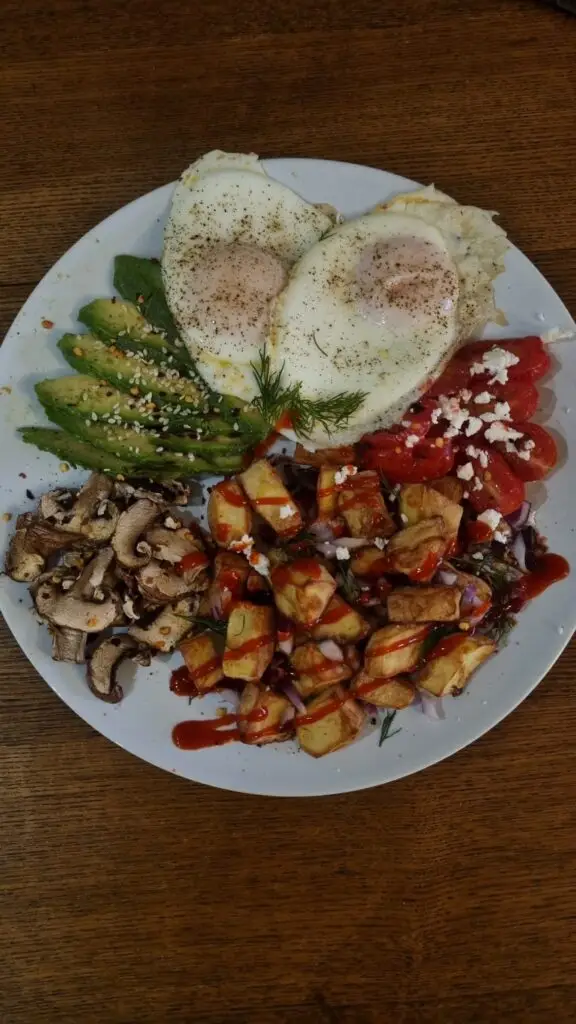
Step 4: Carbs Fill the Rest
Use the remaining calories for carbs.
Each gram of:
- Protein = 4 kcal
- Fat = 9 kcal
- Carbs = 4 kcal
If you’re eating 2,200 kcal:
- 160g protein = 640 kcal
- 80g fat = 720 kcal
- Remaining: 2,200 – (640 + 720) = 840 kcal for carbs
- 840 ÷ 4 = 210g of carbs
- You need to source food with high-quality carbohydrates to fuel your body. Begin by adding basmati rice, oats, sweet potatoes, sourdough bread, quinoa, and gluten-free pasta.
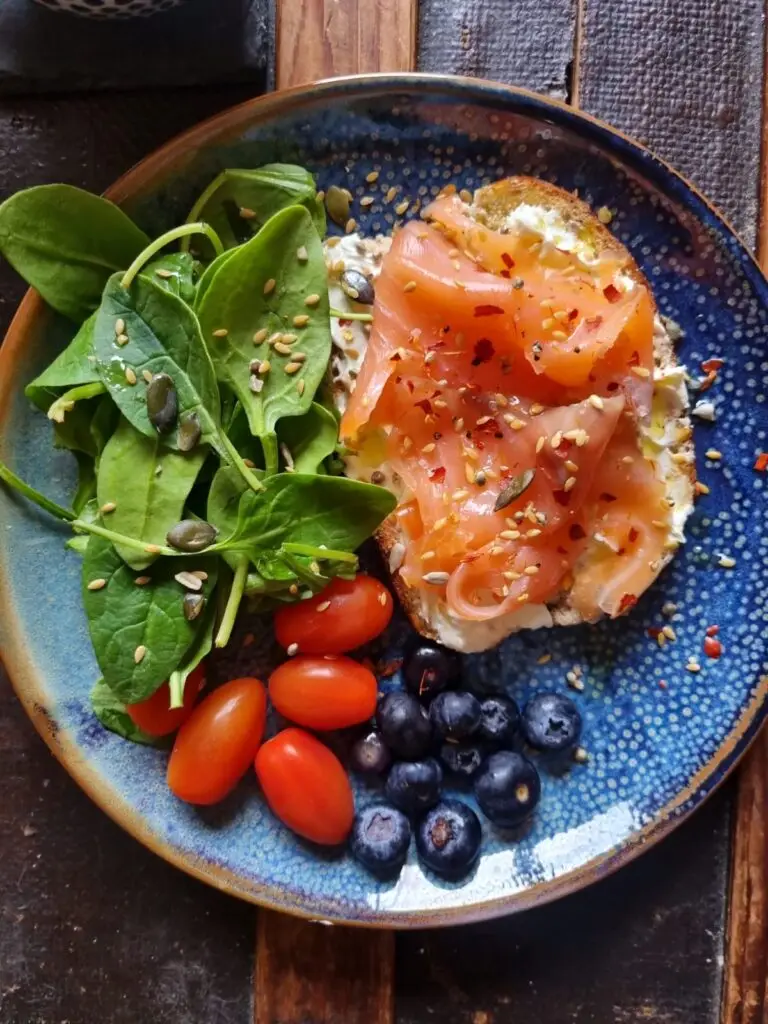
Final Thought
Losing 5kg in 10 weeks is about consistent training, smart cardio, and accurate nutrition. Stick to the numbers, follow the routine, and don’t overcomplicate it.
Download the 12reps app, watch exercise demos, and track your workouts. Log your sets, weight, and reps. Use the app to evolve your training.
Monitor your progress each week, make adjustments if necessary, and most importantly, don’t give up.





